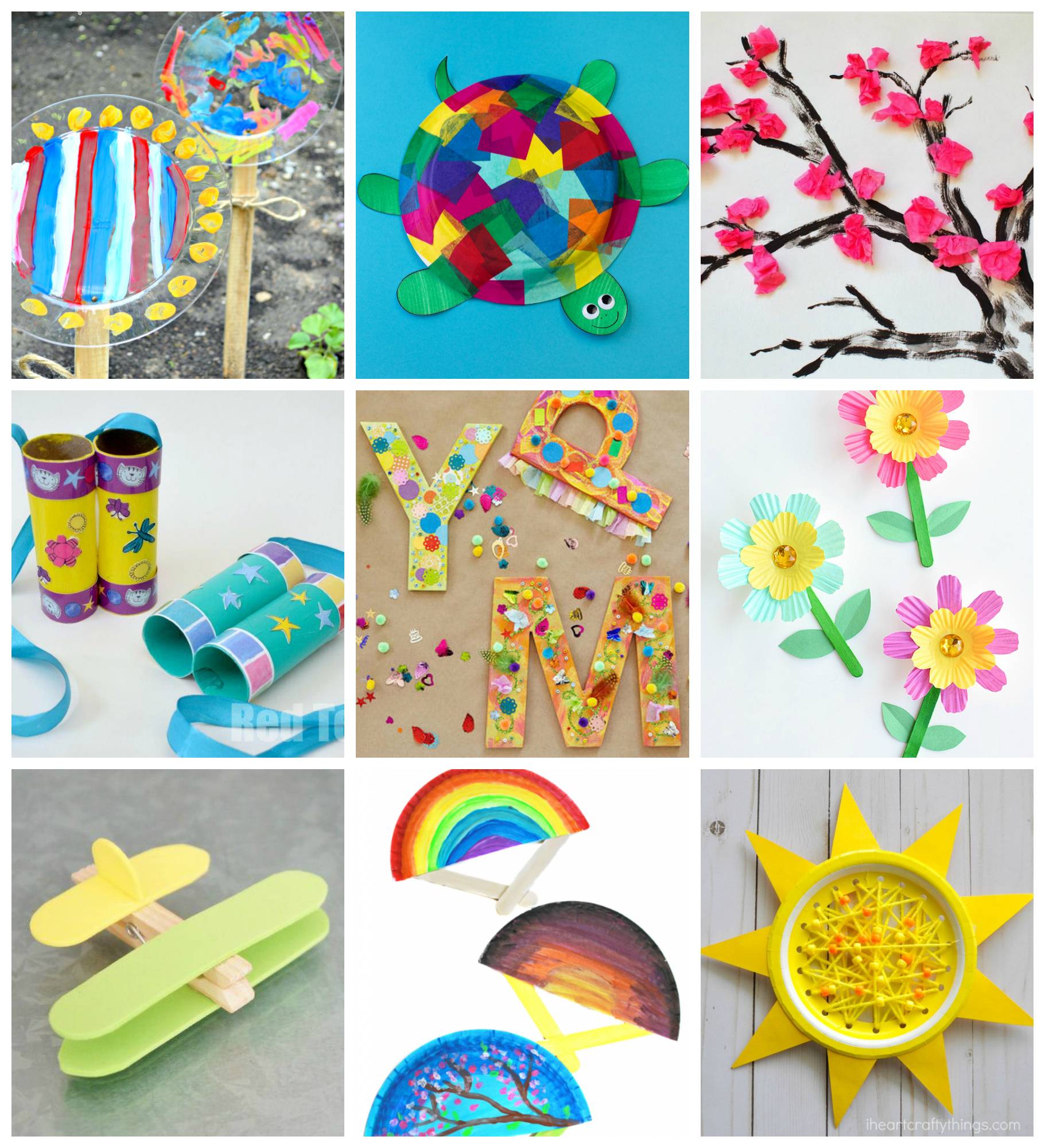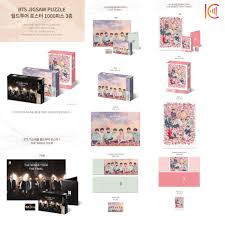
How to finger knit is an easy way to make a cord without traditional knitting tools. All you need is a pair or fingernails, and some wool. This article will show you how to finger knit. This article will show you how to make a finger knitting pattern. It is easy to use and learn for beginners. Just make sure to follow the instructions carefully and you'll soon be knitting in no time!
How to cast on
Casting on a knitted project is possible in two ways. The two-strand cast on uses two strands of yarn to create a new row. The one-strand casting on only uses one strand. Either method can add a row to your knitting project. It takes very little time. Both methods can be used in your knitting project and are very easy to learn. The project you are working on will determine which method you use.
To start a finger-knitted project, you will need to first pick up any loose stitches from the knitting. The stitch should be just below the purl bump. A loose stitch can cause uneven results and create holes in the finished piece. You can either use two needles at once or a bigger needle. If that is impossible, you can try two needles together or a bigger one. Wrap one around your finger.

How to make rows
To start the first row wrap the yarn around you index finger. This should look similar to the picture in Fig. 4. Now, lift the lower loop of your finger over the top row. This will create the stocking stitch. You can repeat this step for each row. Place the end to finger knitting yarn under the loops. The row is completed. Repeat the procedure for the second row. Continue until you reach the end of the row.
Then, repeat steps 1 through 4. Once you reach the end of the row, you need to weave in the loose ends. For weaving, leave at most ten feet of yarn. This process can be repeated until you have a total of 10 feet. You will end up with a blanket measuring approximately 16" x 10.
How to reduce stitches to add shaping
Make sure that your finger knitting pattern is still round before you decrease stitches. This can be done by joining the knitting with your left needle. Once you have finished the round, slide the left hand stitch from the first one and then knit the next stitch onto the right side. It may be necessary to repeat the same pattern several times in order to keep knitting. If you are new to knitting, this method can be challenging.
There are several ways to decrease stitches in knitting. You can decrease the stitches in knitting at the start, the end or in between rows. K2TOG can be used for decreasing stitches at row's end. K2TOG (or Knitting Two Together) is the most widely used technique. This involves knitting two rows together, then knitting the last. Knitting the last stitch is another way to decrease a stitch.

How to finish a Finger Knit
There are many ways to finish finger knitting. To begin, place the working yarn on your pointer nail. Then, wrap the yarn around the pointer finger. To secure the yarn, slide the end of the yarn under the loops. You can repeat this step with the other finger. This will make a tight, knot. This will wrap the finger in a soft knitted cord. Afterward, slide the end of the yarn under the loops to close the finger knit.
Next, take the end of the yarn and wrap it around your index finger. This should look similar to the image at Fig. 4. Then, lift the bottom row over the top row. The finished finger knit will be covered in a long stripe of stocking stitches. The stocking stitch will be long and will cover the entire hand. Once you're happy with the finger knit, slide your loops back onto it.
FAQ
What are observation hobbies?
Observation hobbies are those activities that allow you to watch others do what they do. This could be watching sports, reading books or going on holiday. It could also be observing other people as well.
You can learn creativity through observation hobbies. This knowledge can be used later to help you with projects that you are working on for others or yourself.
You'll discover that it's easier to learn if there's a passion for something.
For instance, if football is something you are interested to know about, you can watch the game or read a book. Visit or take photographs to learn more about the art of photography.
You could also buy a guitar or play along online to music if you are a musician.
If you love cooking, you can either cook your meals at home or order from a local restaurant.
You could also grow flowers or vegetables if you enjoy gardening.
If you are a fan of dancing, you can join a class or go out with your friends to learn.
If you enjoy painting, you might paint pictures.
Writing poetry or stories is a passion if you are a writer.
You can draw pictures if your passion is drawing.
If you are passionate about animals, you can look after them or work at the zoo.
If you enjoy science, you might consider studying biology, chemistry and physics.
If you like history, you could read books, watch films or listen to podcasts.
You can travel abroad or explore your home area if you love to travel.
What are good hobbies for seniors?
Senior citizens should have fun activities that they enjoy doing. Senior citizens should keep active through participation in physical and sports activities.
They may want to join clubs that allow them to meet others with similar interests. As they age, this will help them feel less alone.
Senior citizens need to be aware of the latest trends. For example, seniors could keep up with the latest fashions, art and literature.
What are competitive hobbies, you ask?
Swimming, running, cycling, golfing and tennis are some of the competitive sports.
They're usually played by people who enjoy physical activity but also provide an opportunity for social interaction.
You'll likely find others who are interested in your hobby if it involves physical activity.
This may mean joining a club or group where you meet regularly to play sports together.
You may also want to play in a team game, where you are playing with others.
These include: football (soccer), soccer, cricket, netball.
There are many types competition.
Some competitions exist solely for recreational purposes.
Others are designed for competitors to prove their skill.
And still, others are designed to reward outstanding performance.
These cases result in prizes for the winners.
Other competitions are intended to test strength and stamina.
These are called endurance events.
For example, marathon races, triathlons, Ironman Triathlon, etc.
Before participating in these events, athletes often train hard.
To prepare their bodies and minds, they will have to adhere to a strict training plan.
They may need to spend some time out of their home for preparation.
It's important not to forget that not all athletes are able to compete in every type event.
What are some good hobbies ideas?
The best hobbies are those that you enjoy doing for yourself. You'll be more motivated to do what you love. If you don't feel well or tired, you will always have an excuse!
We all have hobbies that we love and know. These include painting, crafting, photography, cooking and sports.
Volunteering could be a great option.
If you're looking to do something more adventurous, Take up skydiving or rock climbing, parasailing, parasailing and paragliding.
If you want to go further afield, there are plenty of unique ways to spend time in nature. These include caving and cave tubing.
What are your educational hobbies and interests?
An educational hobby involves a sport or other activity where you can learn something from doing it. This could include anything from learning to play an instrument to playing sports.
You should have fun with it. You don't have to do it all the time, but if you find yourself getting bored, then you need to think about what else you could be doing instead.
Also, you need to be careful not to spend too much on these activities. They can end up costing more than you think.
What are some free resources I can use to learn more about hobbies
Many websites are dedicated to helping people find new hobbies.
Here are some favorites of ours:
www.trythisathome.com - This site provides a list of over 100 different hobbies. This site also contains information on how you can get started with each of them.
www.hobbyfinders.org -- This site provides a searchable database of thousands upon thousands of hobbies that you can browse by skill level, location and interest.
www.indiebazaar.co.uk - IndieBazaar is an online marketplace designed specifically for independent artists and musicians. The site has hundreds of products, from artwork to music equipment.
www.pinterest.com/explore/hobbies - Pinterest is a social media network that lets users "pin" images they find interesting onto their boards. Users can organize the things they like in specific categories with boards.
www.reddit.com/r/Hobbies Reddit allows users to share links to articles, videos and other content on their social media platforms. Users can vote on the posts they consider most valuable.
How do I find a hobby that interests me?
At first, it may seem like there is nothing you can do.
You may be thinking, "I'm just not artistic" or "I hate sports," or perhaps "I don’t even know what I know."
However, it is likely that you already have a lot to draw on when searching for a hobby.
It's simply that you haven’t yet realized it.
Have a look at your home. What amount of stuff do you have?
Are there any toys that you don't use anymore?
You might have a collection.
Maybe you've always wanted to learn how to cook.
Perhaps you just want to pick up the guitar again.
It doesn't matter what it is, you can probably turn it into a hobby.
The key is to realize that you already have plenty of experiences to draw upon.
Once you have done that, you will be able choose a hobby that suits your lifestyle.
Statistics
- In comparison, men in the “no humor” condition were refused 84.6% of the time and were only accepted 15.4% of the time. (time.com)
- I am 100% biologically a woman (discover.hubpages.com)
- Studies show that just six minutes of reading can reduce stress levels by 60 percent. (oberlo.com)
- The Role of the Mind in Sex, Dating, and Love: Men in the “humor” condition received phone numbers from 42.9% of the female participants and were refused 57.1% of the time. (time.com)
- Much of this decline reflects the fact that teens are less likely to work today than in the past; among employed teens, the amount of time spent working is not much different now than it was around 2005. (pewresearch.org)
External Links
How To
How to learn a music instrument
If you want to learn how to play music, there are many ways to do so. You could go to a school or buy a book. You could also take lessons from an experienced musician, watch videos online, and so on. These are just a few tips and tricks to help you get started if you're determined to make your own path.
-
Find something you are interested in. If you don't like any of the instruments you see around, then you should try another one. It is difficult to enjoy an instrument if it is not something you are interested in.
-
Be patient. It takes time to learn something new. Expect to not be able master all things immediately. Instead, keep practicing every day.
-
You should practice often. Even if you feel tired, keep practicing. This will help you remember what you've learned.
-
Make sure you choose a safe place to practice. It is best to find a quiet space where you will not disturb others. It is important to keep the room clear of distractions. It is best to avoid listening to loud music nearby.
-
Have fun. Music is meant to be enjoyed. Have fun with your practice. Enjoying yourself will motivate you to continue going at it.
-
Set goals. When you set goals, you know exactly what you have to achieve. There is no excuse for failure.
-
Keep track and keep track of your progress. Notate all of your achievements and failures. You will be able to improve your skills over time by writing down all of your achievements and failures.
-
Take breaks. Sometimes, all you need is to take a moment to think. Taking breaks can give you the time to think.
-
Ask questions. Ask other people if you have any doubts or confusion regarding certain aspects of the instrument. They may be in a position to assist.
-
Listening is the best way to learn. Many musicians love to listen to and imitate songs. This helps them understand the basic concepts behind the song.
-
Read books. You will learn more from reading books than you can by watching videos or attending classes. Books also contain information that you cannot find elsewhere.
-
Get involved in a band. You will be able to practice more when you play with others. Plus, you'll meet people with the same interests as you.
-
Take a look at tutorials. Tutorials are brief videos that cover a variety of topics in great detail. These tutorials usually concentrate on one particular aspect of an instrument. Watching tutorials can help you understand difficult parts of the instrument.
-
Different methods are possible. Some people prefer to learn via lectures while others prefer to read. Experiment until you find what works best for you.
-
Practice makes perfect. You don't become an expert overnight. Instead, it takes time and effort to become proficient enough for you to succeed.
-
You can learn from other musicians. Listening to other people play their favorite songs can help you learn faster.